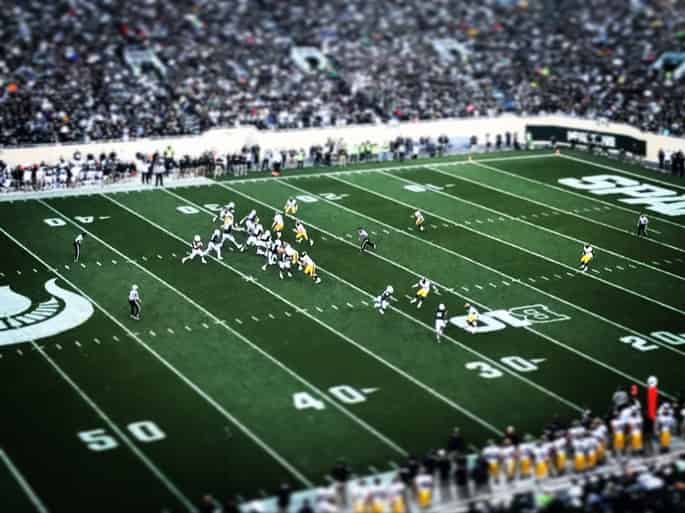The rise of analytics in the NFL has been one of the most significant developments in recent years, with data and statistics playing an increasingly important role in how teams evaluate players, devise game strategies, and make in-game decisions.
At its core, the use of analytics in the NFL involves the collection, analysis, and interpretation of data in order to gain insights into player performance, team performance, and other aspects of the game. This data can come from a variety of sources, including player tracking systems, video analysis, and statistical databases, among others.
One of the key benefits of analytics in the NFL is that it can provide teams with a more objective and data-driven approach to decision-making. By analyzing player performance data, for example, teams can better evaluate the strengths and weaknesses of individual players, identify areas for improvement, and make informed decisions about who to sign, trade, or draft.
Similarly, by analyzing game data, teams can gain insights into opponent tendencies and identify areas where they may be able to exploit weaknesses in the opposing team’s strategy. This can help teams devise more effective game plans and make in-game decisions that are more likely to lead to success.
In addition to its impact on team decision-making, analytics has also had a significant impact on the fan experience of the NFL. With the rise of fantasy football and other forms of sports betting, fans are increasingly interested in using data and statistics to inform their own decisions and predictions about the game.
One of the most exciting aspects of the rise of analytics in the NFL is the increasing use of advanced statistical models to gain deeper insights into player and team performance. These models use complex algorithms and machine learning techniques to identify patterns and correlations in vast quantities of data, enabling teams to make more nuanced and accurate evaluations of player performance and potential.
If You Have It, You Can Make Anything Look Good
For example, some teams use predictive models to analyze player statistics and determine which players are most likely to suffer injuries or experience declines in performance over time. This information can be used to inform decisions about player contracts, trades, and draft selections, helping teams to avoid costly mistakes and build more sustainable rosters over the long term.
Another area where analytics has had a significant impact is in the development of new game strategies and tactics. By analyzing game data and identifying patterns in opponent behavior, teams can devise more effective offensive and defensive schemes that take advantage of opponent weaknesses and exploit favorable matchups. This can be especially important in the high-stakes environment of playoff games, where even small advantages can make a big difference in the outcome of a game.
At the same time, it is worth noting that the use of analytics in the NFL is not without its challenges and limitations. One of the key challenges is the need to balance the objective insights provided by data analysis with the subjective judgments and intangible factors that can play a role in player and team performance. For example, while statistics can provide valuable information about a player’s past performance, they may not always accurately reflect a player’s future potential or fit within a particular team’s culture or system.
Similarly, there are concerns about the potential for over-reliance on data and statistics to the exclusion of other factors such as player personality, leadership, and chemistry. Ultimately, the most successful teams are likely to be those that are able to use analytics in a way that complements and enhances their existing knowledge and expertise, rather than replacing it entirely.
Overall, the rise of analytics in the NFL represents a significant opportunity for teams to gain new insights into player and team performance, develop more effective game strategies, and provide fans with a more engaging and data-driven experience of the game. While there are challenges and limitations to be aware of, the use of analytics is likely to remain a key driver of innovation and success in the NFL for many years to come.




